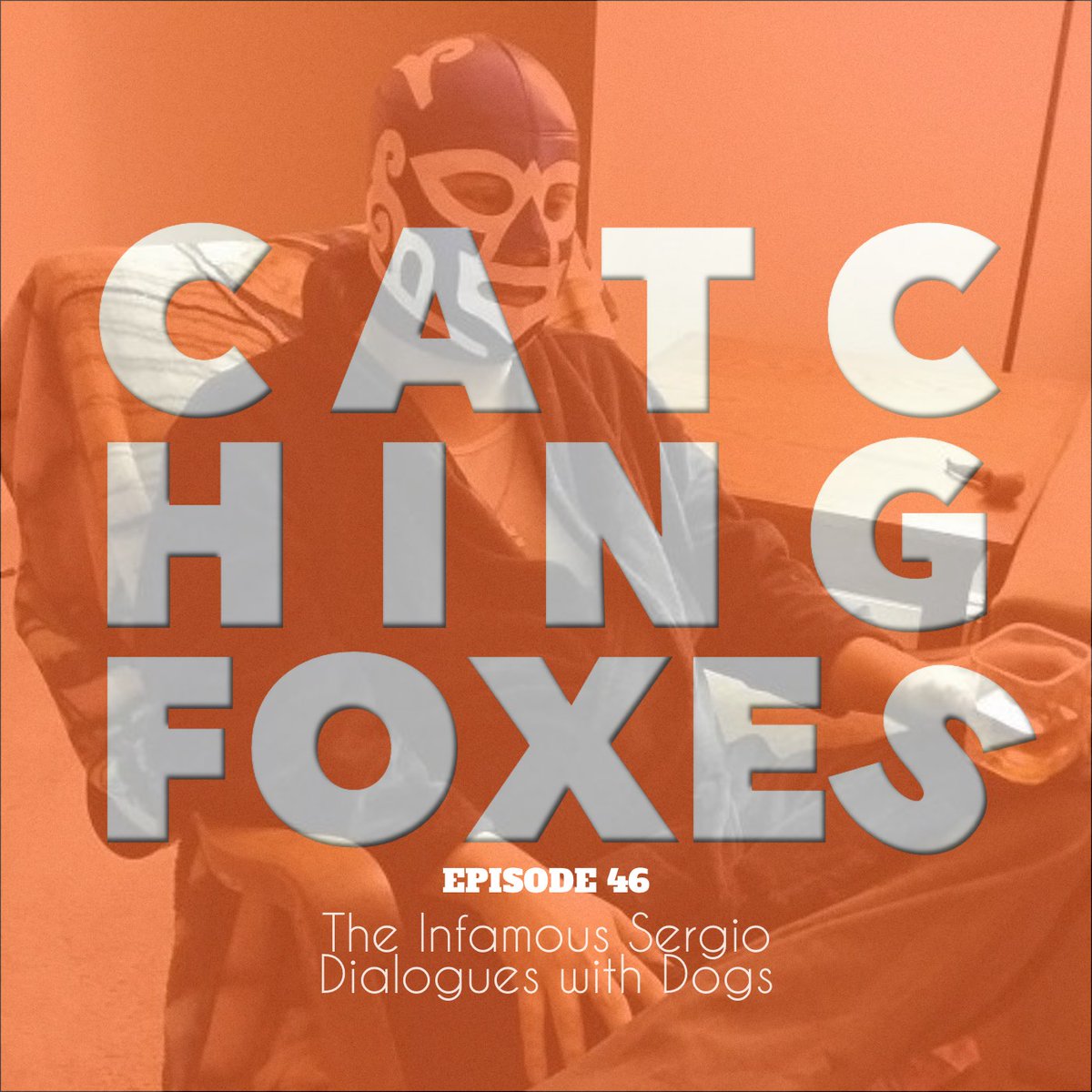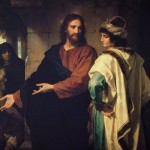This blog has been active for about a month now, and by now hopefully it has become somewhat apparent that, what is talked about here is a bit different than other Catholic writers. Part of that is just how I am, part of that is an issue that was irking me long before I was asked to blog. After having written on a myriad of topics, everything from Mexican Wrestlers, to Documentaries to Comic Books, I thought I’d take a moment and explain.

The Site name, Dialogue of the Dogs is inspired by a story by Miguel Cervantes. In the story a protagonist lies in a Hospital being treated for Syphilis. What follows, is him overhearing two stray dogs outside conversing. The two dogs, discovering they can talk, decide to debate and discuss Human nature, but the conversation between them is continually sidetracked and remains unfinished by the end of the story. We, as readers, are left to wonder if the narrator hallucinated the whole thing or if it really happened.
This site, despite it’s lack of syphilis and talking dogs, endeavors to do a similar thing. The story is satirical, forlorn, humorous and encapsulates something that scholarship about Cervantes seems to overlook. That being his Catholic faith. Cervantes was a third order Franciscan and was buried in a Convent of the Barefoot Trinitarians, in accordance with his wishes. The fun thing about his faith, which was widely understood at the time was his willingness to playfully bite the hand that fed him and even at times say things about the Church that seem shocking by today’s standards. This is not necessarily because of how he said it, but any criticism of the Church done by Catholics is usually done within political lines as opposed to merely making jokes because one finds them funny. Cervantes submitted his writing to the Censors at the time and the jokes were approved, which means the Church was aware of this understanding then.
My blog, at this time, humbly tries to walk a similar line. Playing with the world in a humorous manner, illustrating that Catholic viewpoint by shining a light upon it unlikely places. The reason for doing this is tied to my own feelings on the faith at times. I think Catholicism is a fine faith, but I do feel that culturally, we should engage more fiercely the culture that surrounds us. This does not mean accept what is presented, but to challenge it to mean more, or reject it for specific reasons. We are not fortunate enough to be born in a time or place where the predominant narrative is Catholic. Therefore we are called to rescue images from the hold culture has on them, and we must also challenge the ones presented to us fiercely. To withdraw doesn’t seem to be an option that appeals to me in any way.
It is likely that is a romantic unfeasible opinion, and there are no doubt many people who would challenge that idea as unrealistic. To them I would respond how else is one to exist Quixotically?
This is all well and good, but what does it mean to rescue images and challenge art? Well, in my mind as of right now, it is to study the culture we live in to explore unflinchingly the culture and accept some messages and reject others. To make no apologies or defense for those parts we find distasteful. The eventual aim of this is to foster a discussion centered around the Catholic understanding of art and endeavours. The eventual goal is of course to extend beyond mere discussion, foster artists that don’t express Nostalgia, but the conundrum of the world we’re in.
There are more artists who do so and are desirous of this than we currently give credit to. I am fortunate to know a few myself. I personally endeavor to do this with my writings (both within this blog and outside of it), and the result is irrelevant. The Journey is the thing.
“When life itself seems lunatic, who knows where madness lies? Perhaps to be too practical is madness. To surrender dreams — this may be madness. Too much sanity may be madness — and maddest of all: to see life as it is, and not as it should be!”
― Miguel de Cervantes Saavedra, Don Quixote
Image used is public domain / Wikimedia Commons.












